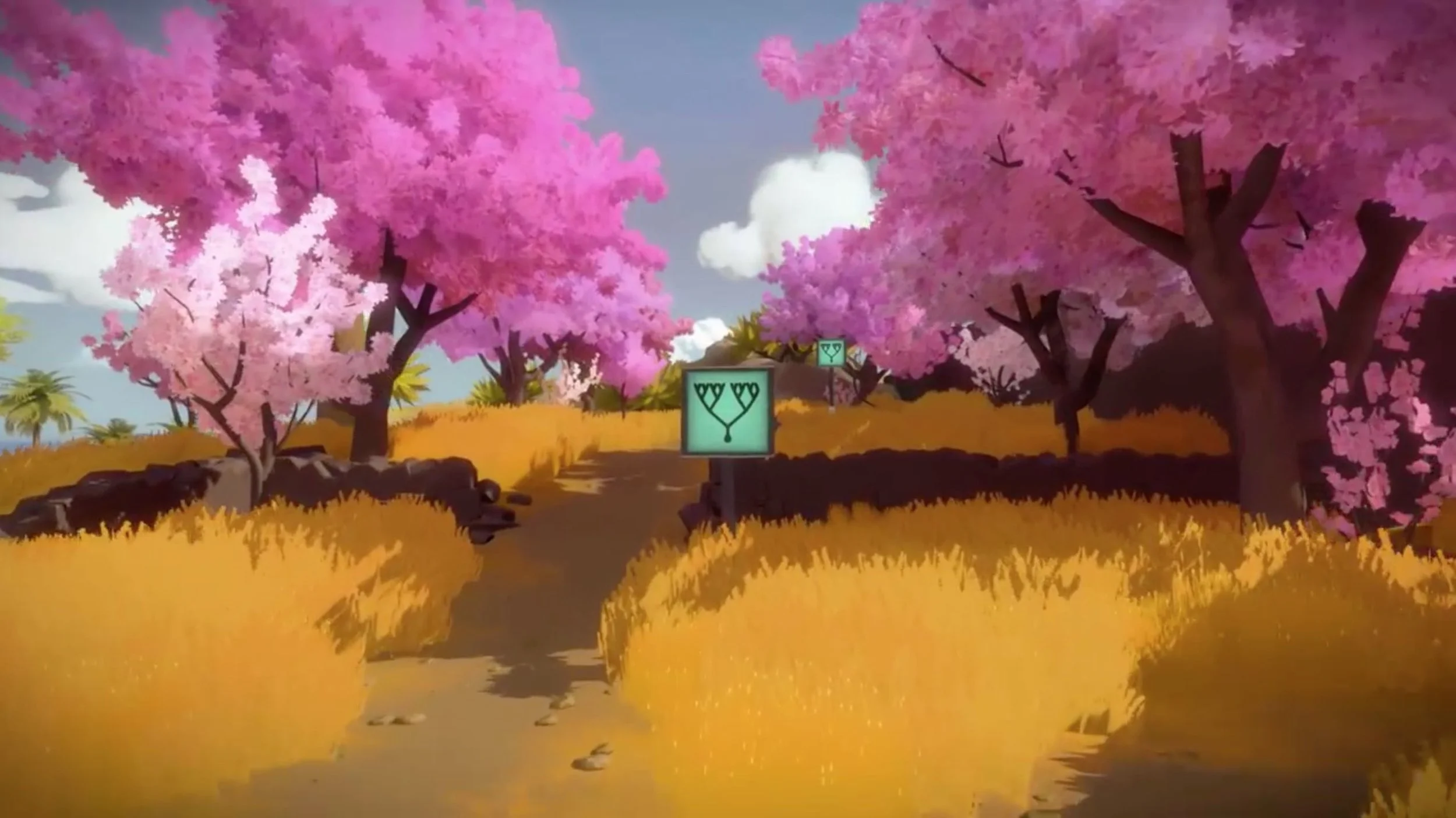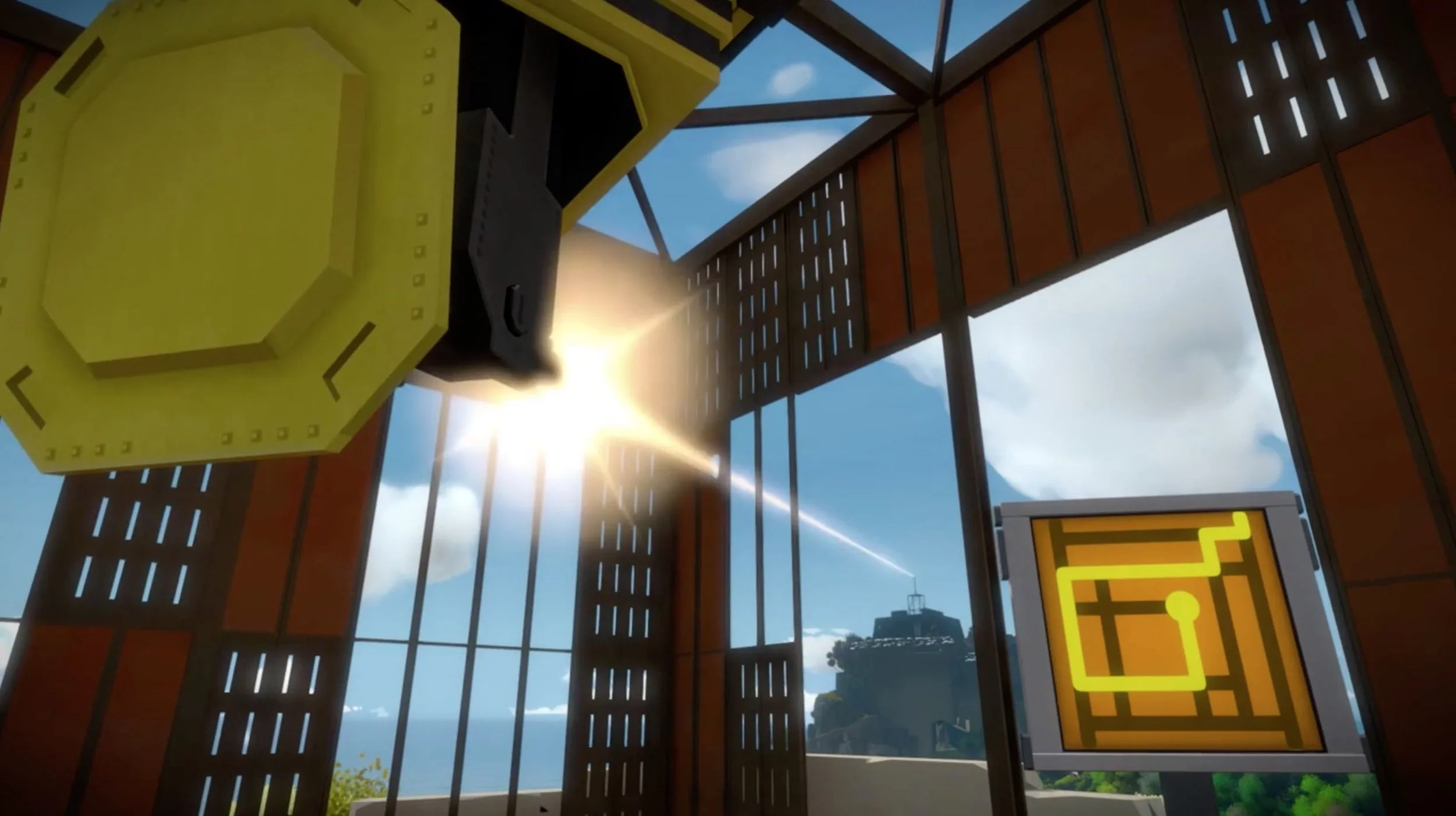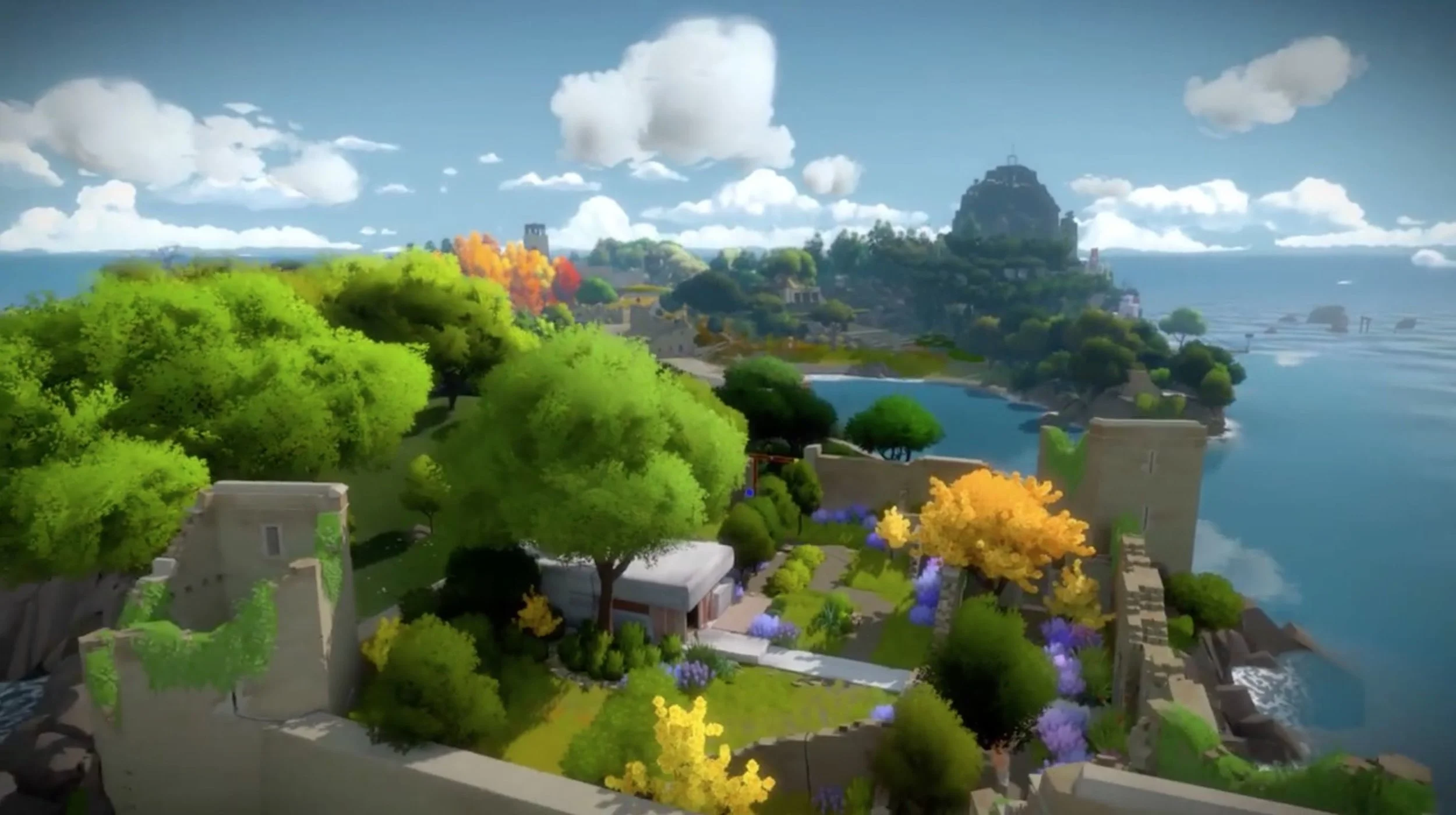Game Trailers as Tutorials - Part 1
I enjoy making video game trailers because there're so many ways to capture, edit, and sometimes play them! By contrast, in the movie trailer industry you at best you get raw dailies, and MAYBE footage made for the trailer (but that's all PHENOMENALLY expensive). This isn't to say that editing doesn't give you infinite creative possibilities, but due to the nature of games, I think there's so much potential for their trailers.
There's no one way to make a game trailer, but there are some approaches that serve as good signposts to guide you through what's been done before. In this and future articles, I plan on analyzing the methods I've used in my work, and seen in those of my peers.
I'm going to start with the simplest approach for games:
Treat the trailer like a video tutorial.
As indicated in the subject, this is going to be a three part series, because there's a wide spectrum of ways game trailers can act like tutorials. First up is the PS4 trailer for The Witness.
This trailer for "The Witness" is one of the best distillations for a trailer as a tutorial (This trailer was made internally at Thekla).
The trailer opens with a record player inside of a tree stump. This isn't related to the tutorial aspect of the trailer, but this first shot drew me in because of the art direction, and because record players don't typically appear in tree stumps, so I wanted to know what the heck is going on. The record starts playing "Glass Window" by Mediœval Bœbes. Right off the bat, this trailer is already in a good place because the art is very pretty, and there's beautiful music to go with it.
If your trailer has good art and music, you're already ahead of the crowd.
After the opening shot there are five environment shots timed to the phrases of the recorder music. These shots are good to set the scene. We start on a wide shot, move in closer, and see more small details as we go.
Just like a typical tutorial in a game, the ideas are introduced gradually.
There are then three shots that show environment variety, and introduce the panels in the game. This is followed by two shots where the camera moves close to one of the panels and traces a line. Now we know the panels are what you interact with in the game. There's then a quick montage of a series of panels. This says to the audience: "There are a lot of these."
Each shot in a trailer needs to be simple and easy to read. Just because you can communicate multiple things in a shot, doesn't mean you should.
Better for the audience to remember one thing than see two and forget them.
By now the audience might be wondering: "Uhhh, so what?" Just as that thought kicks in, we see a solved panel opening a door, then a door to an underground area, and then a bridge that moves from left to right. All the previous shots gave us the context for these more complex ideas.
Then the audience might think: "Okay, so you just open doors?" Nope, the next shot shows a solved puzzle rotating a platform in a nice crane up shot. This is followed by a shot looking up at a stairway. Then a panel framed on the bottom right (so that you can simultaneously see what it's affecting on the top left) shows a laser activate.
Creating visual connections is very important in a trailer. If this, then that!
WHOA, LASERS ARE COOL!
Then we see a mirror reflecting a laser, and in a wide shot we see there are multiple lasers. This shot is good because at this point in the trailer the audience might've adjusted their expectations, but still found themselves asking: "So what?"
The wide shot of the lasers feeding into the mountain says to the audience: "Look at where this is going!" That shot is there to show the scope of the game. Finally we're back at the record player with the camera flying out, and we end on some sweeping shots of the entire island.
A good trailer should both show the scope of the game, and make you believe there's still more to see.
I think this is a simple and effective trailer! Mind you, this isn't a one-size-fits-all approach per se; every game is different, and some communicate visually better than others. The Witness is at an advantage in this sort of format, because part of its core design is about communicating purely through visuals.
I said this method is simple, not easy.
On one end of the spectrum you have a game where you jump and shoot at enemies; this is very easy to understand. On the other end of the spectrum you have MOBAs, which look impenetrable to the unfamiliar; this is why most League of Legends and DOTA 2 trailers are mostly pre-rendered CG movies or captured with custom in-game cameras.
Thinking early about how TO present your game in a trailer MIGHT HELP YOU KNOW IF IT COMMUNICATES WELL VISUALLY
This is just one way of approaching the direction for a game trailer. Game trailers have the unenviable task of not only telling a story, but informing the audience what their experience will be like when they play the game. I think if you're a game developer used to thinking of how to design a game to teach the player, that same thinking can apply to the trailer for the game.
In short, to make your game trailer digestible (in this order):
Provide context
Keep each new idea simple
Show depth and complexity
Show the scope and/or potential.
Just like in The Witness' puzzles, start simple, and gradually reveal the depth.
Again, all games are different. This tutorial approach can EASILY be incredibly dry and boring if not executed properly. A good game trailer needs some combination of good editing, sound, game capture, motion graphics, voiceover, or animation.
Additionally, some games have scope that can't be covered by this direction alone. This is just one potential ingredient for a game trailer; the game will ultimately determine what direction is best. In part 2 of this short series, I'm going to talk about how to add a narrative filter to a game trailer as kind of a spoonful of sugar to help the tutorial go down. You can read part 2 here!




